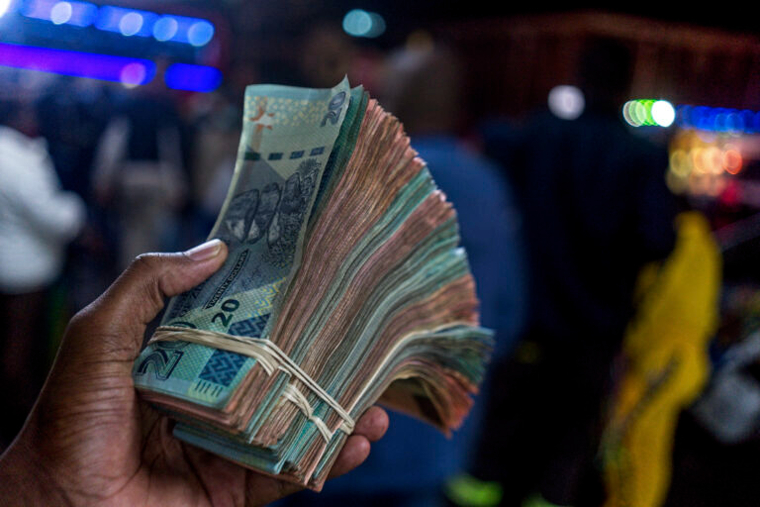 Zimbabwe’s industry has called for measures to promote use of the local currency saying while full dollarisation will completely eliminate persistent inflation challenges being faced by the country, the cost of full dollarisation tends to outweigh the benefits.
Zimbabwe’s industry has called for measures to promote use of the local currency saying while full dollarisation will completely eliminate persistent inflation challenges being faced by the country, the cost of full dollarisation tends to outweigh the benefits.
The Confederation of Zimbabwe Industries said the government had given the wrong signal to the market because it appeared that the government was more determined to get the United States dollar at the expense of its own currency.
“If the policy objective is still to ensure that the ZWL$ does not lose relevance in this environment of accelerated dollarisation, the following, if implemented as a package, could help,” CZI says.
- Migrating certain taxes to being payable only in local currency. PAYE would be a good start as this would bring many institutions including foreign missions, into the foreign exchange market as sellers.
- Full liberalisation of the Willing Buyer Willing Seller (WBWS) to make it a market determined exchange rate. Stability of the exchange rate will be a game changer, as it will eliminate inflation and stabilise the local currency.
- Smoothening of Government Ministries’ payment methods, to avoid liquidity disruptions from simultaneous payments at some specific point due to delays;
- Tight money supply control, including both narrow and broad money.
The industrial body listed some of the costs of full dollarisation as follows:
- Economic contraction, as the country migrate to a high-cost economy which will make it difficult for local firms to compete on the international market;
- Curtailing the central bank’s lender of last resort function as it might not be able to act to assist banks in distress and avert financial system crises;
- Loss of Monetary Policy independence, especially the ability to influence the growth trajectory of an economy using the usual monetary policy tools;
- Huge current account deficits as it becomes cheaper for economic agents holding US$ balances to import.
Zimbabwe reintroduced the local currency in October 2018 saying it was at par with the United States dollar but it began losing value immediately.
The situation got worse in June 2019 when the country outlawed the use of multiple currencies but it was forced to restore their use until 2025 but the damage had already been done.
The central bank now says more than 70% of the transactions in the country are in United States dollars.
The interbank rate is currently at $871.14 while the black market rate is as high as $1 300.
Continued next page
(129 VIEWS)


Pingback: Zimbabwe dollar down to $881.75 but failing to narrow gap with black market | The Insider